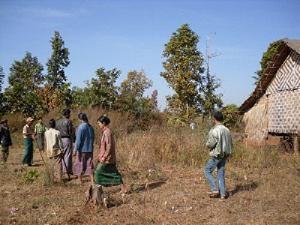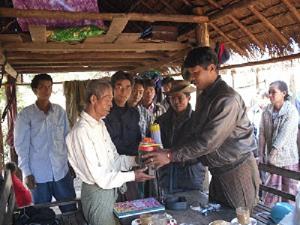Khine Khine Swe
Other projects
9 Oct 2009
Continuation of Mitigating Human-Elephant Conflict around Shwe-U-Daung Wildlife Sanctuary
This project aims to improve the communities’ ability to cope with wild elephant damage around Shwe-U-Daung Wildlife Sanctuary.

Conflicts between wild elephants and local communities are increasing around Shwe-U-Daung Wildlife Sanctuary (SUD). In the past 5 years, elephants accidentally killed and injured the people in the surrounding communities, frightening people and intensifying conflicts. According to my socio-economic and attitude surveys conducted in 2002, I found that people’s attitudes are very negative towards the elephant in that it eats their crops but they value its conservation in the SUD area as well as conservation benefits the SUD provides. People indicated to me that they are looking for solutions that will help both them and the elephant survive together in the area.

I will accomplish this by facilitating a community- based process where communities share the various methods that they currently use to mitigate elephant damage, discuss new methods that have been successful in other countries, and take actions to mitigate elephant damage. For example, current methods employed by some villages include lights to scare elephants, special grain storage towers, and planting crops that do not attract elephants near houses. Methods that villages do not currently employ include permanent watchtowers in fields, fire on cattle-dung and chilli, and planting crops, such as sesame (good price in the market) that elephants do not like. Based on discussions of these methods with communities, I will help villages who wish to participate to write action plans employing methods they would like to try or that they feel are appropriate for them. By focusing on village resources and knowledge, supplemented with experiences from communities in other countries, we will build on the strengths and capacity that already exist in the village and contribute to helping them find community-based solutions, which will be more sustainable over the long-term.
I will also be working with colleagues at the Smithsonian Institution, including Drs. Teri Allendorf, Melissa Songer, and Peter Leimgruber, all of whom have been working in Myanmar on elephant-people issues since 1999. The warden and staff of SUD and of the local Forest Department are eager to support my project. Most importantly, I will be collaborating with the communities around SUD, with whom I have been working since 2002 on these issues, so they are familiar with me and eager to build their own capacity to improve their lives.